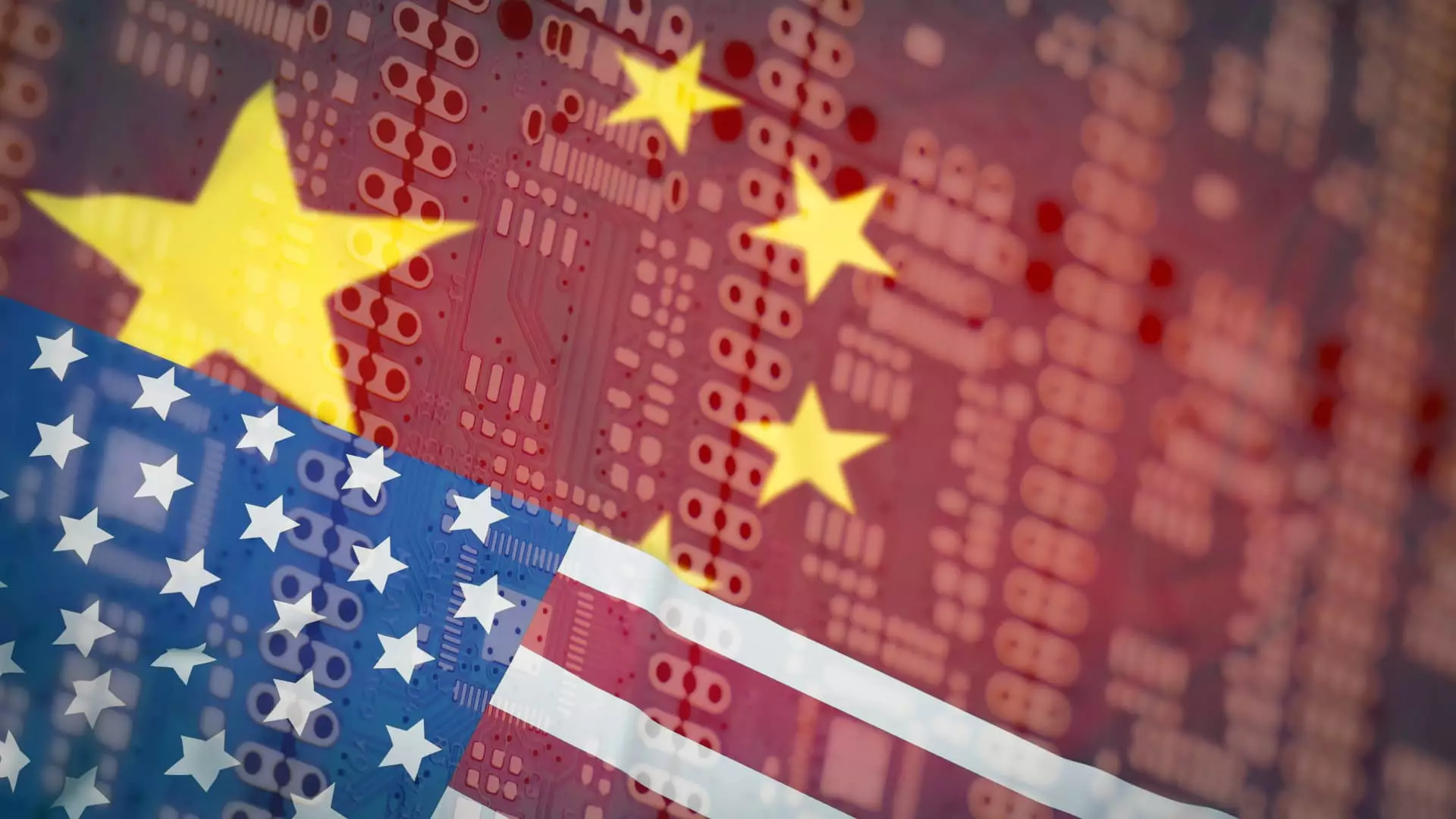The Biden administration recently announced the initiation of a significant investigation into legacy semiconductor technology produced in China, underscoring growing concerns about national security and economic stability. This inquiry focuses on the practices of Chinese manufacturers who produce essential components used in a wide array of products, from automobiles to defense systems. The U.S. government has identified these legacy chips as strategically significant, given their role in everything from telecommunications to critical infrastructure, such as the electrical grid.
The motivation behind this probe stems from allegations that China engages in practices that distort fair market competition. By deploying non-market methods and targeting specific industrial sectors, Chinese firms could jeopardize the competitive landscape. The U.S. is particularly wary of increasing dependency on these legacy chips, which, despite being produced with less advanced techniques than cutting-edge counterparts from companies like TSMC, still play a foundational role in various sectors. This investigation serves as a countermeasure to ensure that American industries do not find themselves reliant on potentially hostile foreign production.
The Legal Framework and Implications
Under the auspices of the Trade Act of 1974, the Biden administration’s investigation into Chinese semiconductor manufacturing raises critical policy implications. This act provides the federal government with the authority to impose tariffs on goods deemed harmful to U.S. interests. Therefore, findings from this probe could lead to substantial economic consequences for both U.S. and Chinese businesses alike. The implications of such tariffs could ripple throughout the supply chain, affecting prices, availability, and ultimately, consumer choices in the American market.
As geopolitical tensions continue to escalate, protecting U.S. technological advancements has become a pivotal concern. The recent probe aligns with a broader strategy aimed at curbing China’s rising influence in high-tech sectors. While previous actions by the U.S. primarily targeted cutting-edge technologies used in AI applications, this shift toward legacy chips reflects the broader dependence on such technologies in everyday products that are vital to both civilian and military applications.
The Upcoming Transition and Its Impact
Interestingly, this investigation is scheduled to transition to Donald Trump’s administration post-election, further complicating an already intricate geopolitical scenario. The transfer of responsibility underscores the politicization of technology discussions and how the outcomes of such investigations could be influenced by varying perspectives on trade and global competitiveness. As tariffs and other regulations mature, the direction taken by a new administration could have long-lasting impacts on both bilateral relations and global supply chains.
The implications of this investigation are profound, suggesting a shift in how nations perceive their economic interdependencies. As both countries navigate this intricate landscape, each action taken will likely contribute to the evolution of the semiconductor industry and reshape future U.S.-China relations. The technology sector will find itself at a crossroads, where competition and cooperation must be carefully balanced to secure both innovation and economic stability.
By examining these dynamics critically, it becomes evident that the ongoing semiconductor saga is about much more than chips—it’s about national security, economic strategy, and the global future of technology.

